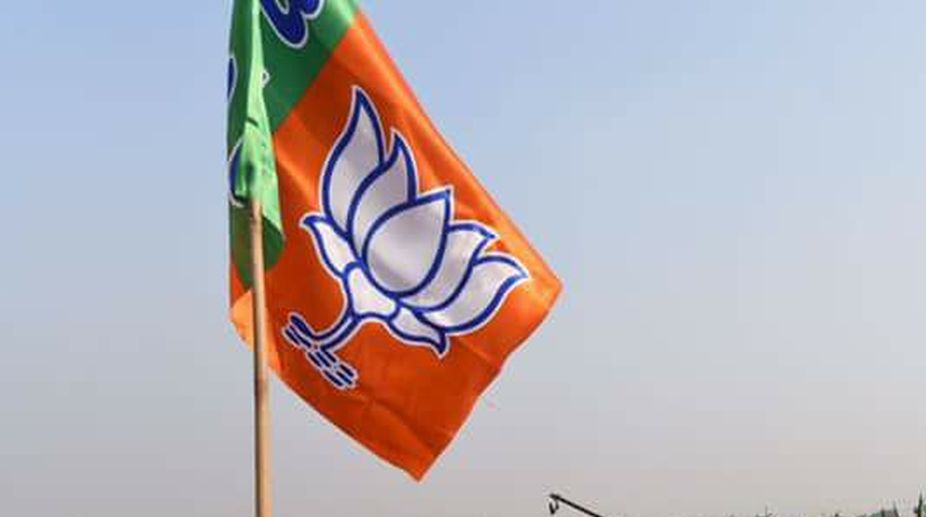The Unthinkability Bias
The landslide verdict in Uttar Pradesh has outfoxed most political pundits. The reportage of the elections and predictions that accompanied…

[File Photo]
The ‘unprecedented’ verdict in the Uttar Pradesh assembly elections, where the Bharatiya Janata Party is set to form the next government along with its allies after a long gap has put the party firmly in pole position for the 2019 Lok Sabha elections.
The virtual decimation of parties' caste and religious bastions, which stood them in good stead untill the 2012 assembly polls, has marked a new beginning to politics in a state that returns the maximum number of MPs to Parliament. The BJP has managed to win the first round ahead of 2019.
BJP president Amit Shah, at his press conference at the party headquarters, on Saturday took pains to explain that the verdict in Uttar Pradesh can be seen as deliverance of the state and the country’s polity from caste and religion-based electoral arithmetic.
Advertisement
“Come out of this Hindu, Muslim…let them (Hindus and Muslims) come out of it…Matdata to matdata hota hain…they want development and progressive government for that..,” said Shah as a reporter quizzed him on the party’s performance on caste and religious lines. In fact, the BJP did not give a single ticket to a Muslim candidate for the UP elections.
For Prime Minister Narendra Modi, who was targeted by the Opposition parties in the wake of demonetisation and surgical strikes across the LoC on PoK based terror launch pads, Uttar Pradesh presents both an opportunity and challenge. With over two years left for his rule in the Centre, Modi and his supporters are optimistic that with the victory in UP he will be able to continue with his development agenda and fulfill promises he made to the people of the state.
In a way the victory in Uttar Pradesh has been attributed to Amit Shah’s now proven poll management and strategic skills. Some political analysts have compared his poll management to that of former BJP chief minister Kalyan Singh in preparation for the 1991 assembly polls in Uttar Pradesh. Though, in Kalyan Singh’s case the period coincided with the heightened public frenzy sparked off by the Ramjanmabhoomi temple movement.
Kalyan Singh was faced with Samajwadi Party and BSP’s combined domination of Muslim, Yadavs and OBCs. He, however, could effectively counter that by rallying non-Muslim, non-Jatav and non-Yadav voters, something that Shah also tried doing in a slightly different way in the new post-demonetisation phase in UP. He not only managed to consolidate Hindus but also made forays into Mayawati’s Dalit support base with considerable success.
The UP electorate also did not take kindly to the SP alliance with the Congress or the SP’s family drama, not to speak of BSP and Congress’ alleged appeasement of Dalits and Muslims. This indirectly helped the BJP’s prospects.
With the BJP now firmly in the saddle in Uttar Pradesh, the next big challenge for the party would be to find an acceptable face for the chief minister’s chair. The BJP president defended the move not to put up a chief ministerial candidate arguing that the party did go to polls in some states with a CM face like in Assam. With so many caste, religious and other factors in play, finding a suitable candidate will the next big test for Shah.
Advertisement